
East Coast Joint Stock, 3rd Class railway carriage, 1898
1898

1898

1913

1937

1908
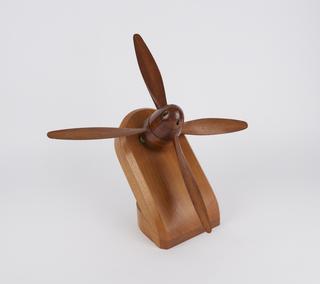

1840-1920

1820-1830
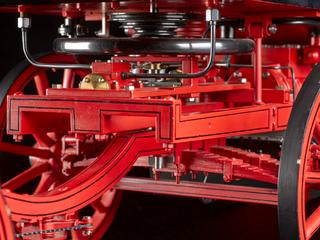
1958

1912-1920

1908
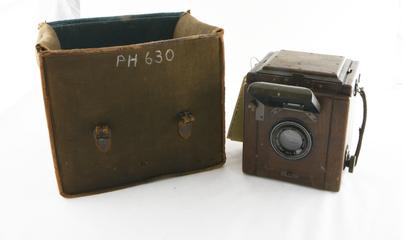
1915-1925
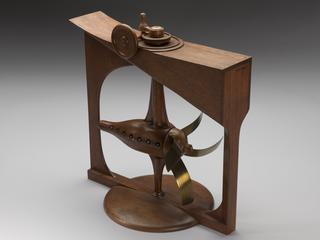
1878-1879

1875-1938
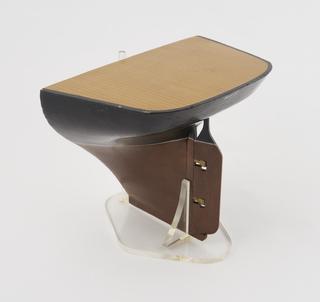
1864

1945-1954

1907

1911-1921


1801-1900

1900-1929

1920-1930
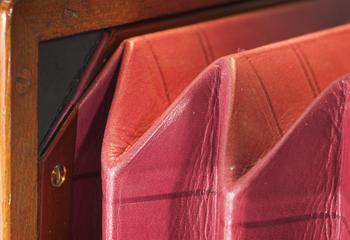
circa 1923
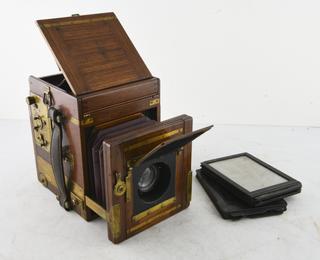
circa 1908
1962
1880
1900-1925
1842-1851
1939
1899-1909
1939
1930
1978-1979
1980
1902-1903
1902-1903
1920
1871-1880
1900
1910
1853
1982
2005-2006
1849-1850
1930-1939
1928
1876
1902-1903
1848